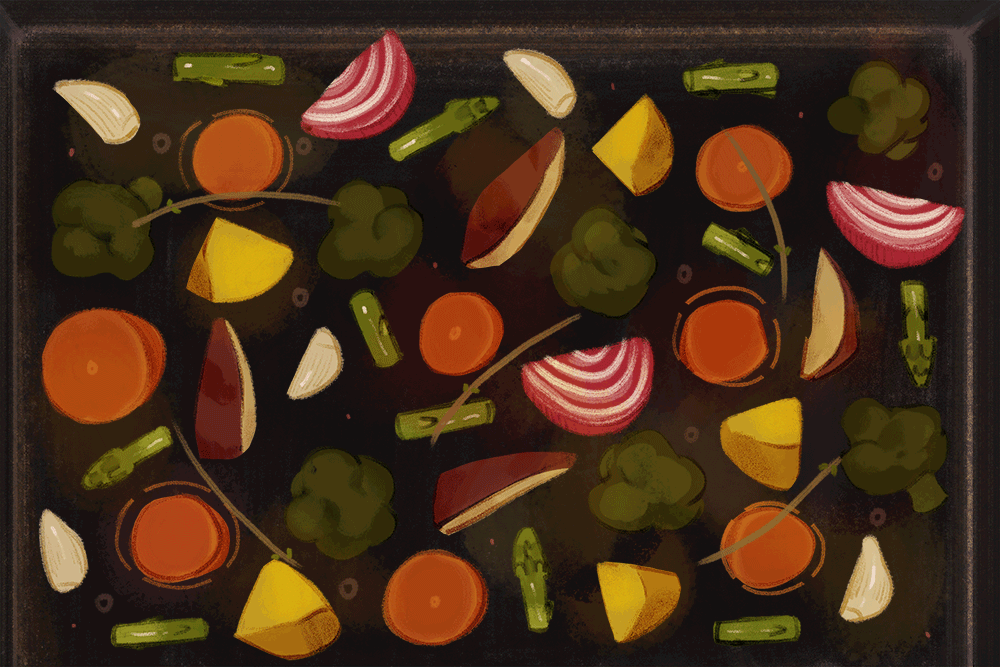Market Notes
Here are a few notes on the vegetables mentioned in these recipes.
* Parsnip: A sweet and creamy white root vegetable that is available year-round, with a peak period during fall and winter. Look for firm roots of medium size. Parsnips should last up to one month when refrigerated in a plastic bag. They can be baked, boiled, sauteed or steamed.
* Jerusalem artichoke: A lumpy, brown-skinned tuber that resembles a ginger root. It’s a variety of sunflower, not an artichoke. Sometimes called sunchokes, they are nutty, sweet and crunchy. Their peak period runs October to March. Select firm Jerusalem artichokes (they tend to wither as they lose moisture). They should last up to five days when refrigerated in a plastic bag. Jerusalem artichokes can be eaten raw (as crudites and in salads) or cooked by boiling, steaming or sauteing. Jerusalem artichokes may be peeled or simply washed and scrubbed; their skin is thin and tender once cooked.
* Jicama: A large, bulbous root vegetable with a thin but tough brown skin and a sweet, water chestnut-type texture. Jicamas are best from November through May, although they are generally available year-round. Choose firm, medium-size jicamas; they tend to be very sweet and less fibrous than the huge ones. Jicamas last up to one week when refrigerated. They are good eaten raw or cooked (sauteed, steamed, boiled) just to the point of retaining their crunchiness. Use a sharp flexible knife to remove jicama peel and discard it in the trash, not in the disposal--unless you crave a visit from the plumber.


